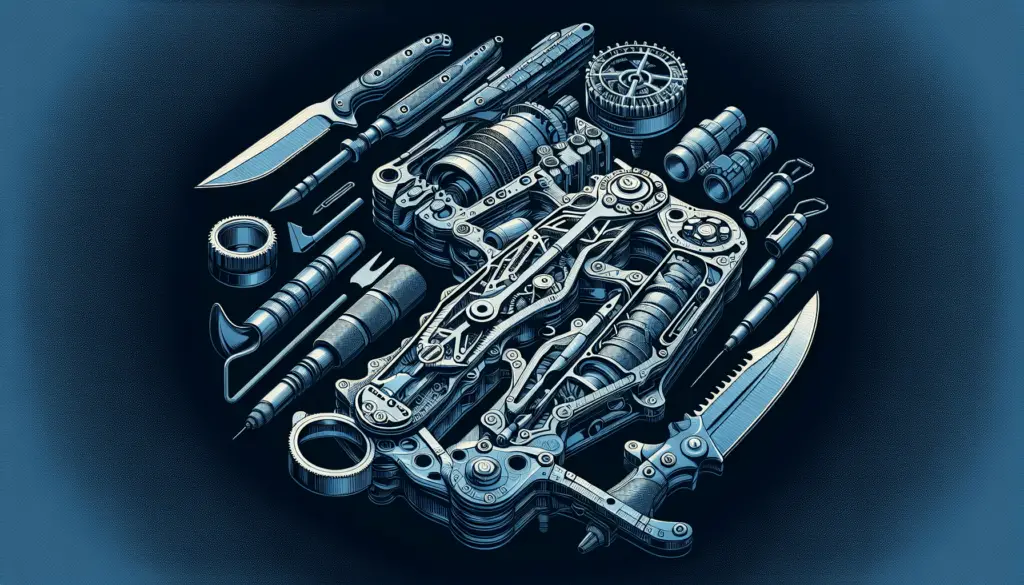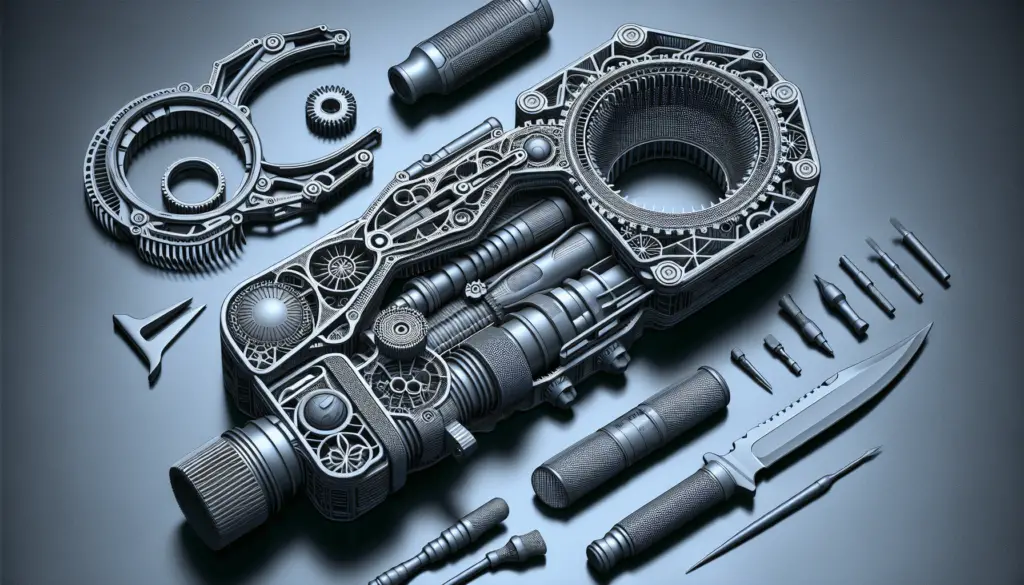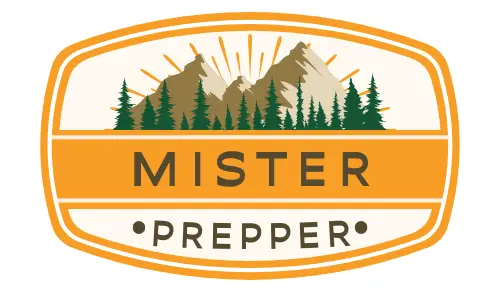Imagine a world where resources are scarce, and the need to adapt and survive is paramount. How can you prepare yourself for such scenarios? One tool that has been gaining popularity in prepping and survival communities is 3D printing. But what exactly is the role of 3D printing in these situations? Let’s explore this innovative technology and how it can be utilized to improve your chances of survival.
Understanding 3D Printing
3D printing, also known as additive manufacturing, is the process of creating three-dimensional objects from a digital file. This technology allows you to design and produce physical objects by layering material on top of each other. From small trinkets to entire buildings, the possibilities of 3D printing are endless.
When it comes to prepping and survival scenarios, 3D printing offers a unique opportunity to create custom tools, equipment, and supplies on demand. No longer are you limited by what you can scavenge or stockpile. With a 3D printer and the right materials, you can manufacture essential items right when you need them.
Benefits of 3D Printing in Prepping
The beauty of 3D printing lies in its versatility and customization. You have the power to design and produce items tailored to your specific needs and circumstances. In a survival situation where standard gear may not be sufficient, this ability to create bespoke solutions can be a game-changer.
From tools to medical supplies to shelter components, 3D printing allows you to adapt quickly to changing conditions. Imagine being able to print replacement parts for your gear, repair broken equipment, or even prototype new inventions to improve your chances of survival. The possibilities are limited only by your imagination.
Prepping Essentials You Can 3D Print
Now that you understand the potential of 3D printing in survival scenarios, what are some essential items you can start printing for your prepping toolkit? Let’s explore a few key categories where 3D printing can make a difference in your preparedness efforts.
Tools and Equipment
One area where 3D printing shines is in the creation of custom tools and equipment. Whether you need a specific wrench for a bolt size that doesn’t exist in traditional sets or a makeshift fishing hook to catch food, a 3D printer can be your ally in making the tools you need to survive.
Consider printing items like:
- Multi-tool accessories
- Fishing lures
- Whistles
- Container lids
With the ability to customize designs to fit your exact requirements, 3D printing empowers you to be resourceful and innovative in your prepping endeavors.
Medical Supplies
In a survival scenario, access to medical care may be limited or nonexistent. Having the ability to print essential medical supplies can be lifesaving. From splints and bandages to customized pill organizers, 3D printing can help you maintain your health and well-being in challenging conditions.
Some medical supplies you can print include:
- Bandage holders
- Splints for fractures
- Prescription pill holders
- Hygiene products
Being able to tailor medical supplies to your specific needs can ensure you stay healthy and safe in emergencies where traditional resources may be scarce.
Shelter Components
When it comes to shelter in survival situations, having the right components can make a significant difference in your comfort and safety. 3D printing offers a way to create customized shelter components that fit your shelter design and environment.
Printable shelter components include:
- Tent stakes
- Waterproof seals
- Portable door hinges
- Repair brackets
With the ability to maintain and repair your shelter using 3D printed components, you can adapt to changing weather conditions and extend the lifespan of your temporary home.

Considerations for 3D Printing in Prepping
While 3D printing can be a valuable asset in preparing for survival scenarios, there are some important considerations to keep in mind when incorporating this technology into your prepping efforts.
Material Selection
The material you use for 3D printing can have a significant impact on the durability and performance of the printed objects. Factors such as strength, flexibility, and heat resistance should be considered when selecting materials for prepping purposes.
Some common materials used for prepping with 3D printing include:
- PLA (Polylactic Acid) for its ease of use and biodegradability
- ABS (Acrylonitrile Butadiene Styrene) for its strength and impact resistance
- PETG (Polyethylene Terephthalate Glycol) for its durability and temperature resistance
Choose materials that suit the intended use of the printed items and ensure they can withstand the conditions they will be exposed to in a survival scenario.
Power Source
In a survival scenario, access to reliable power sources may be limited. It’s essential to consider how you will power your 3D printer when traditional electricity sources are unavailable. Portable solar panels, hand-crank generators, or battery packs can be viable options to keep your 3D printer running when you need it most.
Having a plan for powering your printer ensures that you can continue manufacturing essential items even in off-grid situations.
Maintenance and Repair
Like any piece of equipment, your 3D printer will require regular maintenance and potential repairs to keep it operational. In a survival scenario where spare parts may not be readily available, knowing how to troubleshoot and fix common issues with your printer can be crucial.
Familiarize yourself with the maintenance procedures for your specific printer model, keep spare parts on hand if possible, and practice troubleshooting techniques to address potential problems quickly. Being proactive about maintenance and repair can extend the lifespan of your printer and ensure it remains a reliable tool in your prepping arsenal.
Conclusion
In conclusion, the role of 3D printing in prepping and survival scenarios is one of empowerment and innovation. By harnessing the capabilities of this technology, you have the ability to create custom tools, equipment, and supplies tailored to your specific needs. Whether it’s printing essential medical supplies, tools, or shelter components, 3D printing offers a versatile solution for enhancing your preparedness efforts.
As you continue your journey in prepping for survival scenarios, consider the potential of 3D printing as a valuable tool in your toolkit. With the right materials, designs, and planning, you can leverage this technology to improve your chances of adapting and thriving in challenging situations. Stay informed, stay prepared, and remember that innovation is key to surviving and thriving in uncertain times.

